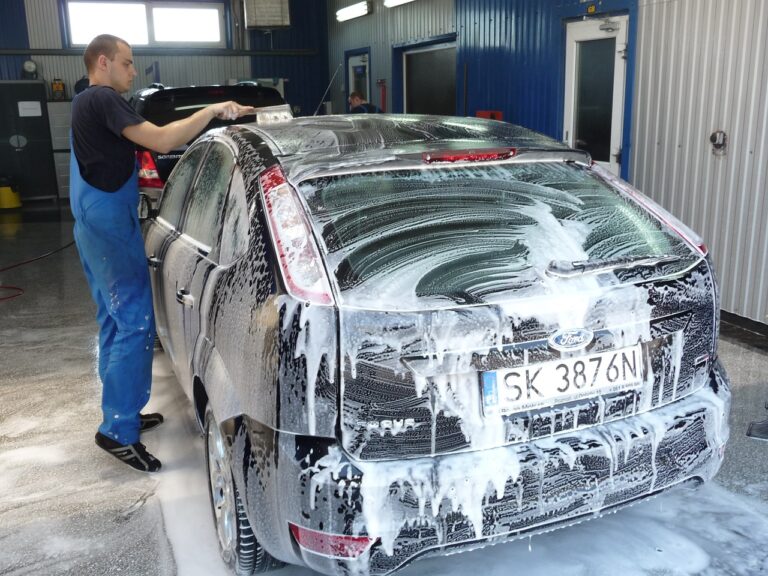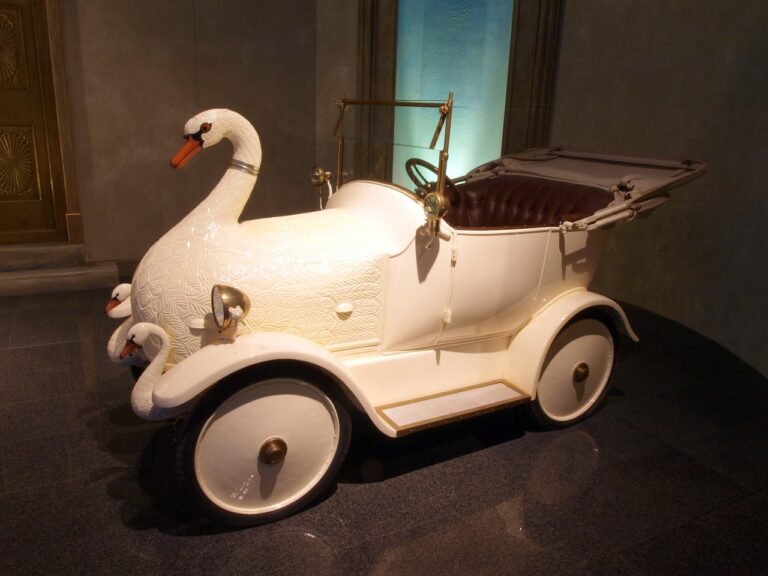The Psychology of Car Design: How Aesthetics Influence Consumer Choices
In today’s competitive market, the aesthetics of a product play a crucial role in shaping consumer perception. Whether it’s the sleek design of a smartphone or the elegant packaging of a luxury watch, aesthetics have the power to captivate consumers and create a lasting impression. Studies have shown that consumers are more likely to be drawn to products that are visually appealing, as aesthetics can evoke emotions and establish a sense of desirability.
When considering the influence of aesthetics on consumer perception, it is important for brands to understand the impact that visual elements can have on their target audience. From colors and shapes to textures and proportions, every design choice contributes to how a product is perceived by consumers. By prioritizing aesthetics in product development, brands can not only enhance the overall appeal of their offerings but also differentiate themselves from competitors in the eyes of consumers.
The Role of Branding in Car Design
Branding plays a crucial role in the design of cars. Every element of a car’s exterior and interior design, from the logo placement to the color scheme, is carefully curated to reflect the brand’s identity. This cohesive branding strategy helps to establish a clear and memorable image for the car manufacturer, setting them apart from competitors in the market.
Design choices in car branding also convey important messages to consumers. Sleek and aerodynamic shapes may suggest a focus on performance and speed, while luxurious materials and intricate detailing can evoke a sense of elegance and prestige. By aligning the aesthetics of a car with its brand values, manufacturers can create a strong emotional connection with consumers, influencing their perception and driving their purchasing decisions.
How important is branding in car design?
Branding plays a crucial role in car design as it helps differentiate one brand from another and creates a unique identity for the vehicle.
How does branding influence consumer perception of a car?
Branding can significantly impact consumer perception by conveying a certain image or lifestyle associated with the brand, which can influence purchase decisions.
What are some examples of car brands known for their strong branding in design?
Some examples of car brands with strong branding in design include Mercedes-Benz, BMW, and Tesla, who have created distinct design languages that are instantly recognizable.
Can branding affect the resale value of a car?
Yes, branding can affect the resale value of a car as certain brands are perceived as more prestigious or desirable, leading to higher resale values compared to lesser-known brands.
How do car designers incorporate branding into their designs?
Car designers incorporate branding into their designs by incorporating signature design elements, such as grille shapes, headlight designs, and body lines that are unique to the brand and help reinforce its identity.





